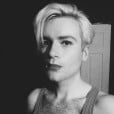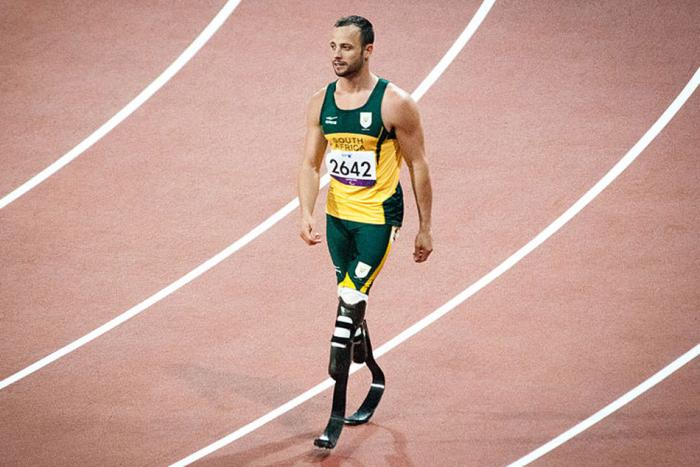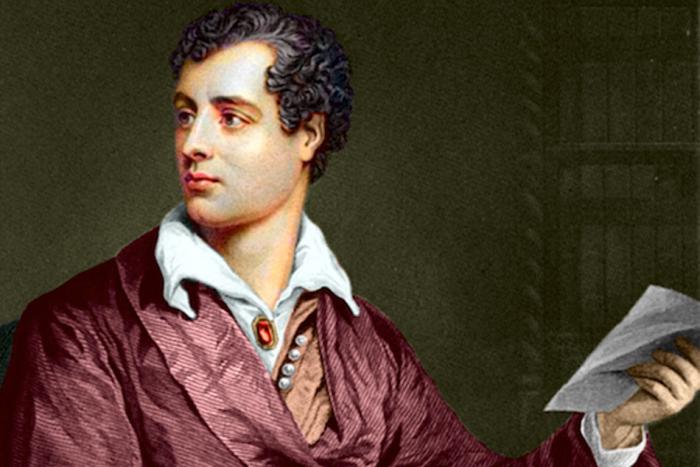Her publisher Drawn & Quarterly describes Susceptible as Geneviève Castrée’s “debut” graphic novel, which is true enough, but don’t assume she’s a rookie: it follows a string of shorter comics, numerous recordings under the bandonyms Woelv and Ô PAON, and appearances in various gallery shows. And one of Susceptible’s central themes is that she was never allowed to be a novice for very long. The use of nicknames for major characters (the protagonist is called “Goglu,” for example) and fragmentary narrative muddy her story’s autobiographical aspects a little without obscuring its stark details.
Raised by a young, mercurial single mother in Quebec, her biker father absent and distant amidst B.C. wilderness, Goglu emerges from teenage self-destruction and the squinting disapproval of maternal boyfriends into a tentative independence. All this is rendered in evocative watercolour tones, the almond-eyed figures and free-floating compositions sometimes resembling visual art or book illustration as much as traditional cartooning. When flames waft from the family’s TV, or Goglu dreams about the aftermath of the École Polytechnique massacre, the imagery’s strange serenity makes its violence still more disquieting. Castrée’s writing is diaristic, down to the sardonic, funny asides: she says that British Columbia is like “a mythical kingdom where dads go to disappear,” and after recounting a boyfriend’s dismissal of her, adds “it’s ok, he’s not that interesting anyway.” I can’t imagine anyone ever saying that about Goglu, or Castrée. She emailed these answers from her current home in the Pacific Northwest.
You’re a multidisciplinary artist—you also make music and sculptures, for example—and I was curious about how you came to each of those mediums. When did you start drawing comics? Do you think the different practices inform each other all?
I was really into drawing and making art in general when I was a kid. I drew my first human figure at age two: a guy wearing a hat with a feather in it. I started drawing comics when I was really young. I remember being nine and being obsessed about comics in a way that I knew I wanted to turn it into my job as a grown-up. There weren’t really many successful comic authors from Québec at the time so I always kept in mind other career possibilities, archeologist, astronaut, always something more adventurous. As a young teenager I struggled with various problems at home and at school, and eventually discovered the underground comic scene in Montréal. I got involved really quickly, participating to photocopied anthologies, making my own mini-comics.

This isn’t really a question, but that theme of ancestries and the tree/plant motif in the opening made me you wonder if you had seen Shary Boyle’s Canadian Artist project and its huge family tree.
I love Shary Boyle so much! I had the chance to meet her at a festival in Switzerland a few years ago and she is an incredible artist. Extremely inspiring. I am a big fan and try to follow her work as much as I can but I have not seen her Canadian Artist project. I will check it out. In my case, when I made my book I didn’t think drawing a plant to symbolize my family and roots was that groundbreaking. I actually based my drawings on a squash plant with blossoms. I have been sort of obsessed with the idea of burying a full squash in the ground and watching it grow. Will it rot? Will it sprout leaves?
And finally...what are you working on at the moment, comics or otherwise?
I tend to have too many projects on the go and I have a hard time putting the finishing touches on them. I have been carrying around ideas for at least another three books. And there is the music side of my life, too. I have been neglecting some of my life priorities...In the immediate future: I have put together a one-day festival in the town where I live, Anacortes, Washington. The festival coincides with an exhibition I curated at a very nice gallery in town. Fellow Canadians Julie Doucet and Nadia Moss are in it and so am I and there are six other artists. [The festival is called the Anacortes Unknown Music Series vol. II: “OURS”] It’s good to get out of this navel-gazing zone I have been in for the past three years.





